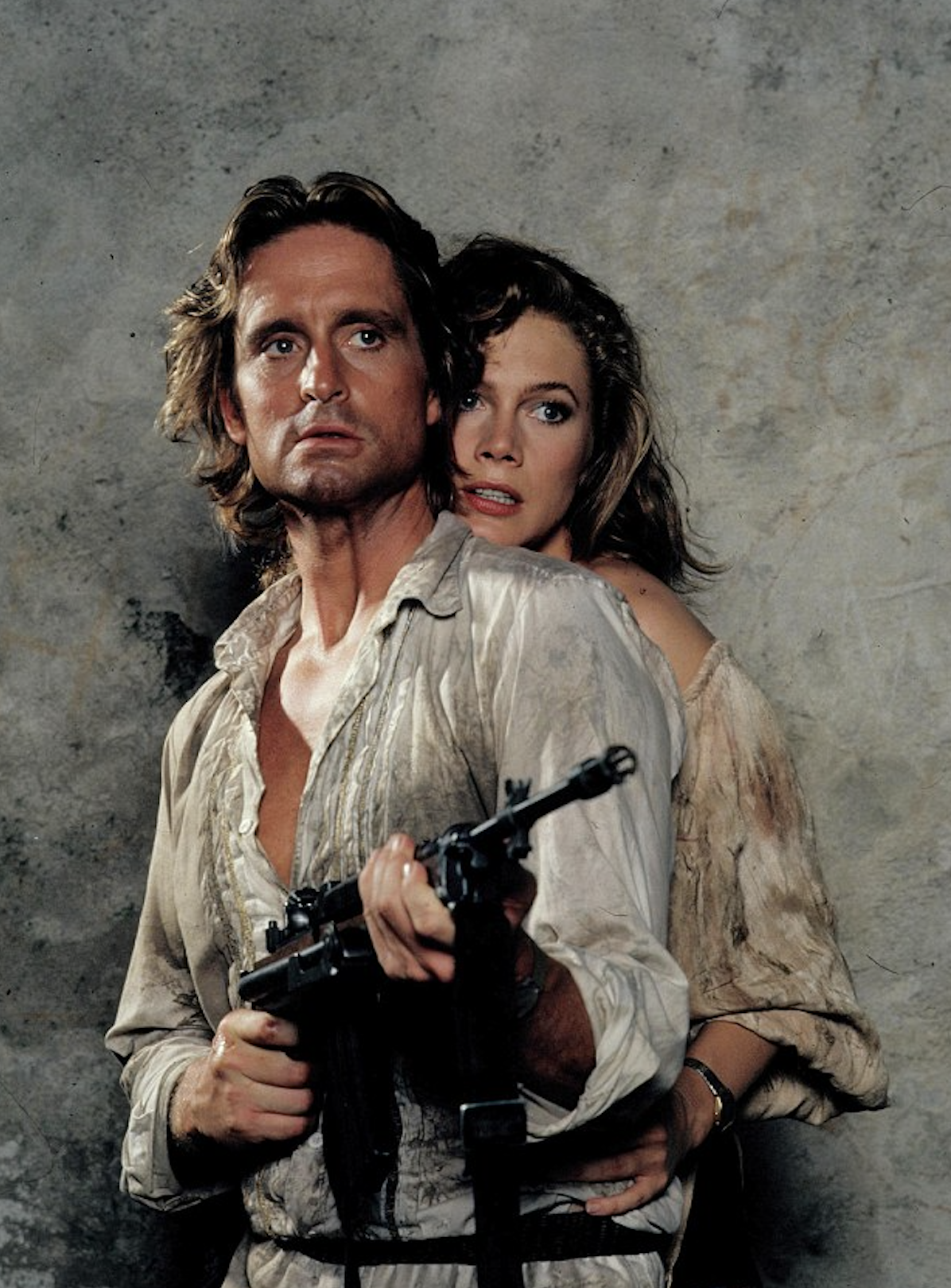
Where Have All the Good Movies Gone?
If one thing is certain, in Hollywood, change happens slowly, if ever, and change only occurs when absolutely necessary, or if someone is being forced. Pre-COVID, massive disruption was headed in Hollywood’s direction over the last few years, due to the emergence of the major streaming outlets, led primarily by Netflix and Amazon, with their unlimited checkbooks and stars in their eyes.
Chasing Oscar nominations and new subscribers rather than traditional box-office revenue, the streamers knew that in order to compete, they had to spend money to develop and then execute a ton of new content. And before that, right around 2008, when Marvel launched Iron Man and kicked off their reign of worldwide blockbuster dominance, the major studios—Warner Brothers, Paramount, Universal, Sony, MGM, and Dreamworks—started to trend away from the “middle movie,” the sturdy programmers that their entire slates would rely upon to draw in respectable crowds, while growing their library of catalogue titles.
If you’re old enough to remember, go searching in your movie memory banks, all the way back to the 1980s and 1990s, and you’ll likely rest upon pleasant remembrances of what it was like to plop down some cash to see a fun movie with big movie stars doing all sorts of exciting stuff up on the big screen. I’m not talking about the latest superhero product or James Bond’s newest adventure or the next Star Wars installment, because while those mega-productions afford their own distinct pleasures, there’s something to be said about the “original idea” movie, where someone has concocted a high-concept pitch, which attracted big talent, and was then presented to the masses as the next big draw—something like Romancing the Stone or Face/Off. To say nothing of “film for adults,” which rather than pander to the Academy, existed as just a “solid night out at the movies,” like Fatal Attraction or Se7en.
So, what happened? Where did these stories go?
And most crucially, why have our viewing habits changed so much?
These things are still getting made—they’re just happening at the streamers, getting produced as a limited mini-series or a full-blown, multiple season endeavor, or as a one-off “original” feature item. Think about Netflix offerings like Queen’s Gambit and Triple Frontier. In the case of the former, in the 1980s or 1990s, if someone had come up with the idea to have a young woman navigating the world of chess through the prism of a period piece, that would have been a two-hour to two-and-a-half hour feature movie.
In the case of the latter, a gung-ho, men-on-a-mission actioner with big production values would have been an easy sell in previous decades, but because it’s a story that doesn’t involve the possibility of a sequel or the convenience of characters wearing spandex outfits, the studios passed on the project, which led to Netflix rolling the dice. These are just two examples, and regardless of quality (as quality does vary very widely on Netflix and all of the other streamers … ), it demonstrates how their GIVE ME CONTENT! business model has allowed these types of items to still find a home.
Change was imminent in the industry, even if the studios and old stalwarts were afraid to fully admit it. Over the last 10 years, Netflix and other streaming providers have put a massive dent in theatrical attendance numbers, thus creating this bizarre situation where only the biggest, most expensive films make any sort of cultural impact in terms of in-theater viewings, while nearly all of the prestige items and good, old-fashioned programmers have been relegated to minor theatrical releases followed by a VOD platform roll-out, thus diminishing the perceived importance of some of these films. The slavish devotion to gargantuan, CGI-laden blockbusters on the part of consumers, many of which have budgets that could supply 20 independent productions with more cash than they’d ever need, is also an area to lay some blame; discernment in choices is rapidly eroding, with many viewers simply tasting the same things repeatedly, and without any sense of conflict about doing so.
Cinematic discovery and artistic investigation seem pointless to even suggest in terms of wide-populace viewing habits, despite so many offerings constantly finding their way into rotation. You just have to go out and look for the quality stuff, because it’s there, I promise.
And that’s where the biggest transformation has developed—the attitude of the consumer.
Older folks, during our age of COVID, are simply not ready to return to theaters en masse, if recent box-office stats are to be taken as gospel. The recent string of hits (Addams Family 2, Venom 2, Shang-Chi, Eternals, Black Widow, Halloween Kills) have been driven solely by the youth market, while decidedly more grown-up fare like The Last Duel, Last Night in Soho, King Richard, Antlers, Clint Eastwood's Cry Macho, and many others, have completely struggled to lure older audiences back to theaters. Even No Time to Die, the final Daniel Craig as James Bond outing, has underperformed at the box-office with older moviegoers, who seem to be far more comfortable sitting in their living rooms and deciding what to watch next.
And that’s a totally natural and understandable mindset to have right now in this current societal landscape.
A multitude of things have changed, so rapidly, especially over the last two years, and I’d expect much more to fluctuate throughout the rest of this decade, bringing a much clearer picture of the theatrical experience, and the types of offerings we’ll still have at our finger tips. It’s very possible that the cinematic experience is going to morph into something new, and possibly revolutionary. It’s going to take brains, skill, innovation, passion, and forward thinking to get us there, and I have no doubt that we can.
*Feature Photo: Romancing the Stone / Twentieth Century Fox (1984)